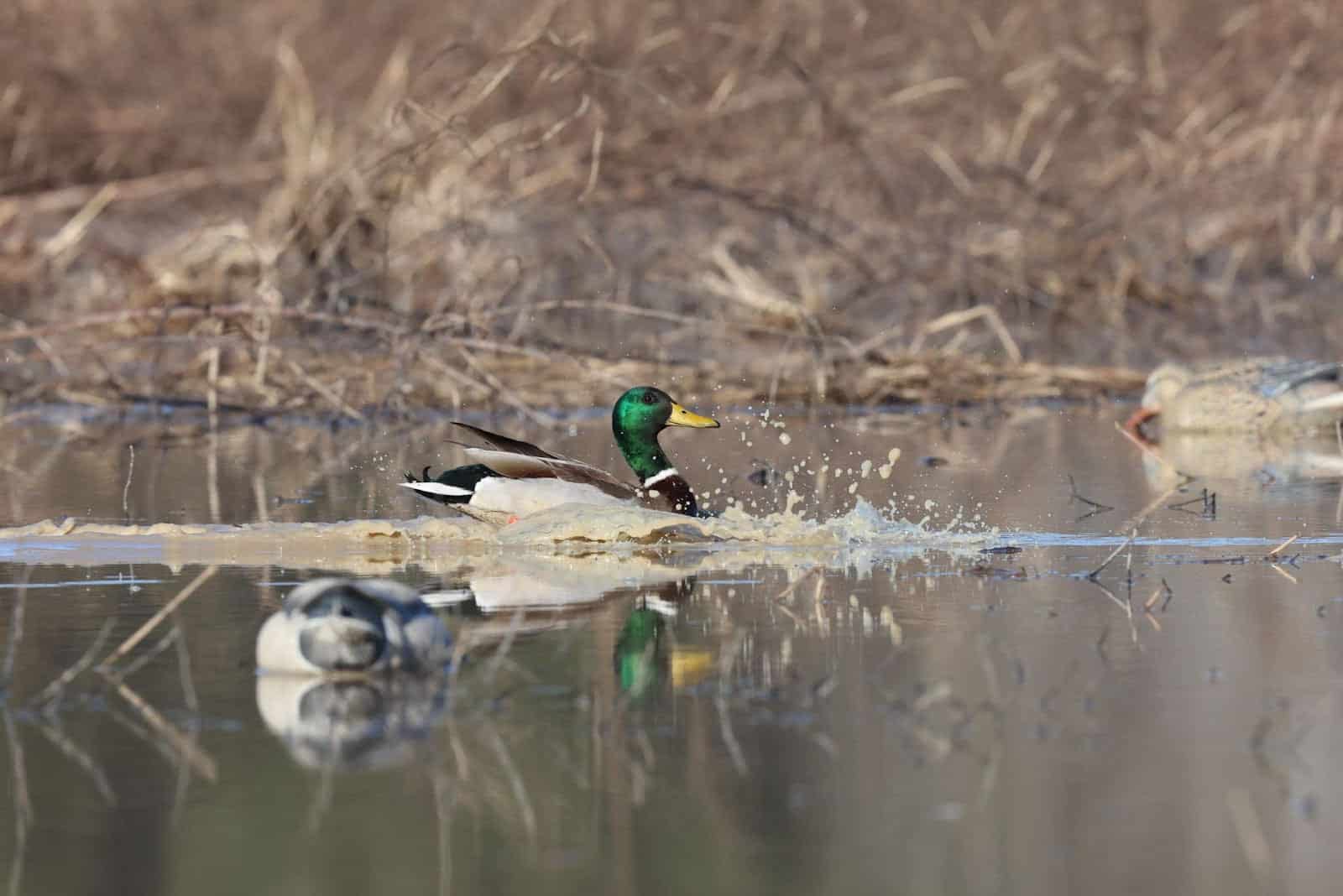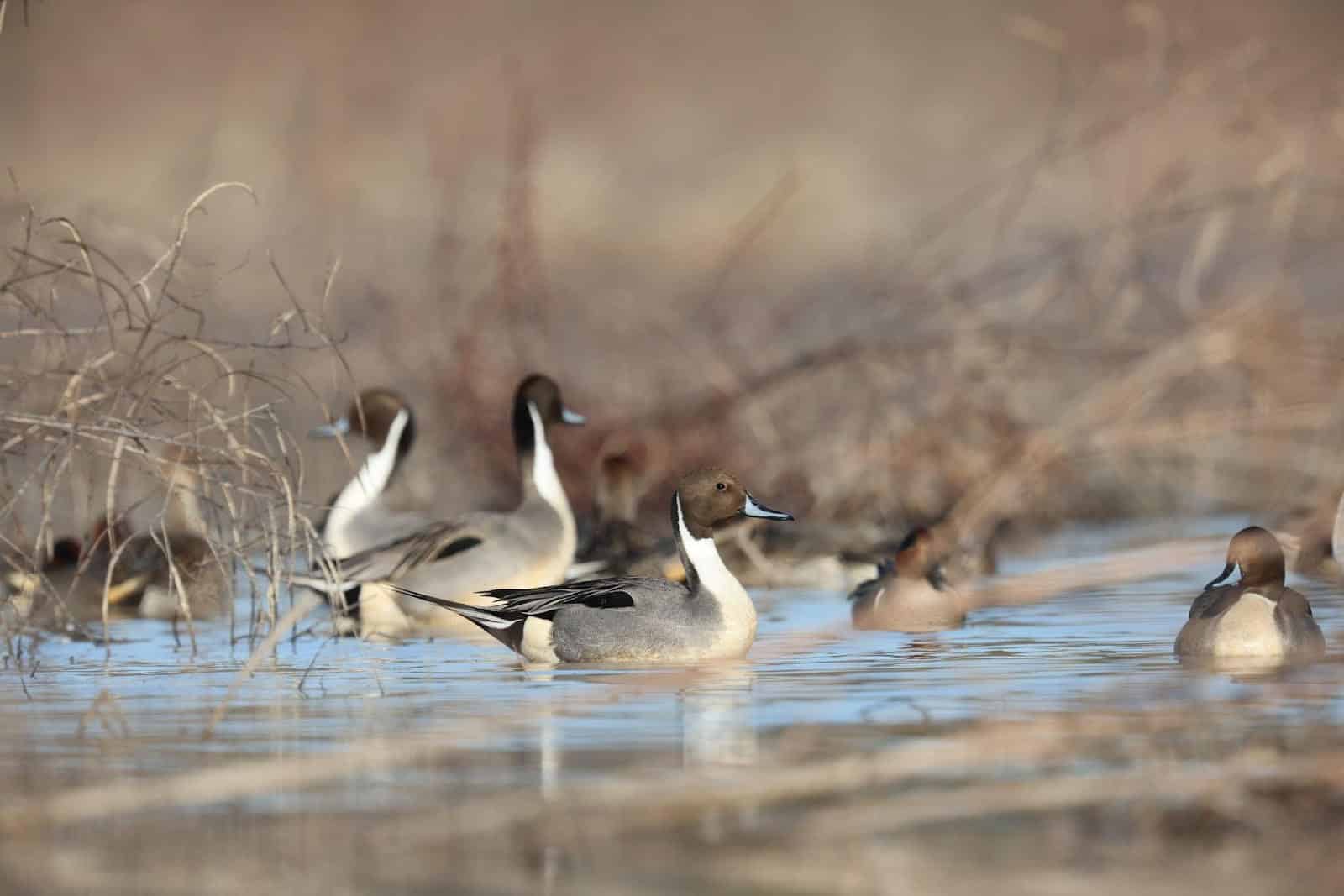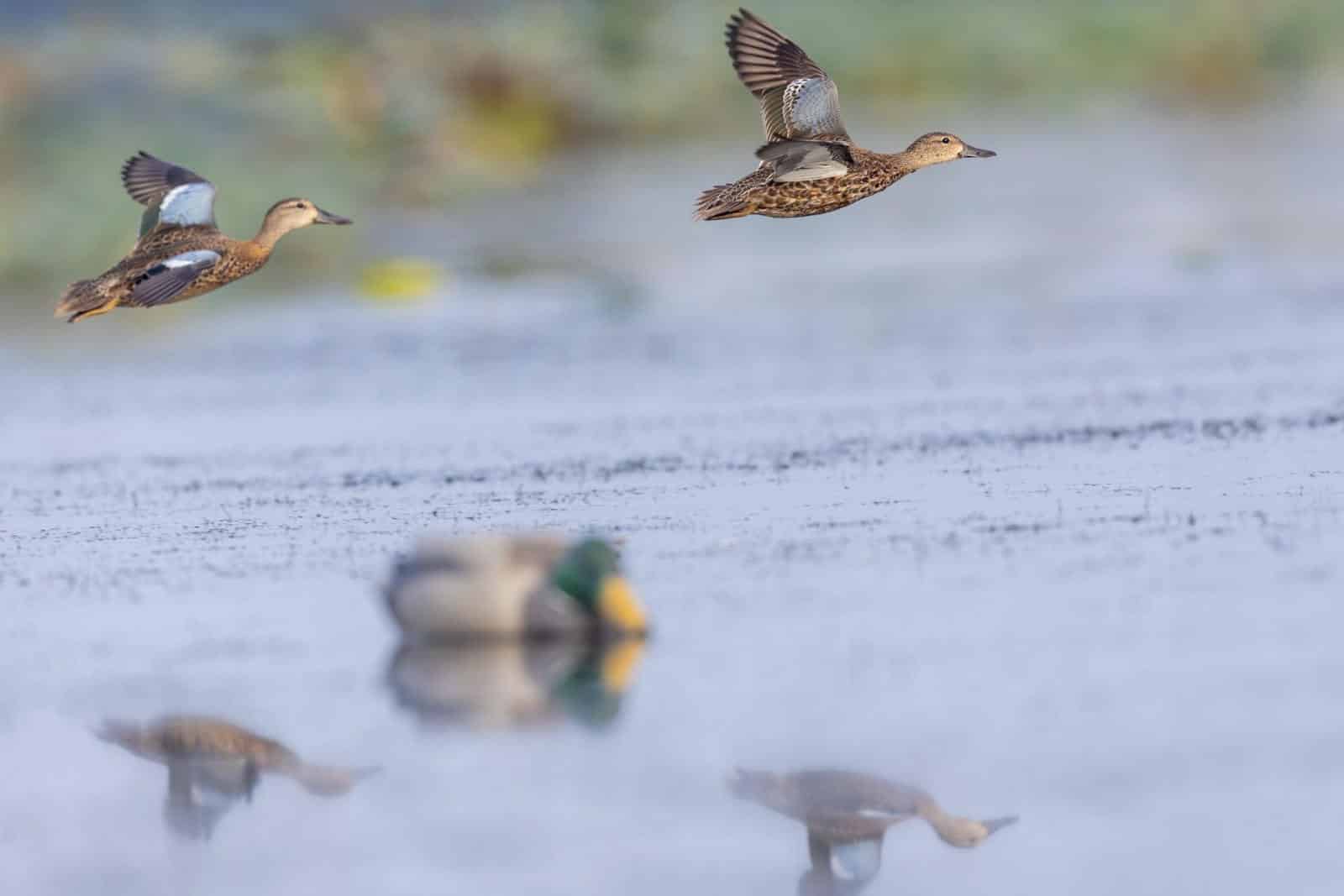USFWS releases pond counts, population status for North American waterfowl
ON 09-04-2025

LITTLE ROCK — The U.S. Fish and Wildlife Service formally released its annual Waterfowl Population Status report for the 2025 survey year on Tuesday, and hunters may see a familiar tone to last year’s report. According to the report, an estimated 34 million ducks were present in the traditional survey area across Canada and the northern U.S. earlier this summer. This is virtually identical to population estimates from 2024 (4 percent below the long-term average), which dictated the 2025-26 waterfowl hunting season frameworks.
The mallard population, which is of particular interest to Arkansas duck hunters, followed the trend of total duck numbers, remaining unchanged from last year’s count of 6.6 million. Northern pintails saw a 13 percent increase from last year with 2.2 million birds estimated across the survey area. The blue-winged teal population also remained unchanged from last year, still below the threshold for a 16-day teal season, so hunters should expect another nine-day season in next year’s framework.
Early reports of extremely dry conditions throughout the breeding grounds were confirmed in the report, which indicated a 19 percent decrease of ponds throughout the survey area. The hardest hit area of the traditional survey area was in the north-central U.S., which saw ponds decrease by as much as 34 percent from last year’s survey. Estimates of ponds in prairie Canada remained similar to last year’s counts, which were 27 percent below the long-term average.
The numbers from this year’s surveys will be used to set the 2026-27 season frameworks, and the adaptive harvest matrix for next year offers a liberal hunting season framework at the federal level for the 2026-27 season.

“Long-term data collected since 1995 has shown both higher and lower pond counts and population estimates and the liberal framework of 60-day seasons have been in place throughout that time,” Arkansas Game and Fish Commission Waterfowl Program Coordinator Brett Leach said.
According to USFWS reports, this year’s mallard estimate is very similar to the 6.75 million-bird estimate in 2005. That year still saw liberal frameworks, and the population still increased dramatically in the next few years, following favorable conditions on the breeding grounds.
“Hunter harvest can play a role in overall populations, but it’s not as large of a factor as habitat on the breeding grounds during nesting season,” Leach said. “Shorter seasons and smaller bag limits in modern hunting frameworks can help when populations are at critical levels, but supporting wetland habitat where it counts far outweighs any small reductions in hunting mortality modified seasons may offer.”
“It’s also important to keep in mind that many other factors come into play throughout Arkansas’s duck season, and these numbers do not necessarily indicate a ‘good’ or ‘bad’ hunting season,” Luke Naylor, Arkansas Game and Fish Commission Chief of Wildlife Management, said. “The driving factors for duck abundance in Arkansas are the timing and amount of flooded habitat on the state’s landscape and the timing of freezing temperatures and weather events in states north of us in the Mississippi Flyway.”
Naylor also warns hunters to enter into the 2025-26 hunting seasons with a bit of perspective on the total population. Mallards are still 17 percent below their long-term average population, and nearly half of the population counted during 2015, when observers estimated a record 11.6 million mallards.
“This shouldn’t be taken as gloom and doom, but some hunters have memories of the early 2000s and again in the 2010s, when those record-high duck populations were nearly twice what they are today,” Naylor said. “We’ve seen higher duck population and pond counts than this year’s reports, but we’ve also seen worse, and the ducks rebounded when habitat conditions were favorable.
“Given the best science available, duck populations are still sufficient to support continued liberal seasons,” Naylor added. “But the fact remains that mallard population estimates are half what they were only a decade ago. No doubt hunters will feel those impacts and likely see fewer ducks.”

AGFC Director Doug Schoenrock doubled down on the importance of habitat, both in Arkansas and in the breeding grounds, to the state’s waterfowl-centered culture.
“We’re fortunate that the duck population is similar to last year, but wetland habitat remains a major concern, both in Arkansas and on the breeding grounds,” Schoenrock said. “We can’t control the weather, but we can control having the right habitat in place when conditions are favorable. There’s no magic bullet or easy fix; it takes dedication, hard work and many partnerships in both the private and public sector to keep habitat on the ground. We’re dedicated to continuing those partnerships and continuing Arkansas’s duck hunting heritage.”
Visit www.fws.gov/library/
####
CUTLINES:
MALLARD
The mallard population in the survey area remained virtually unchanged from 2024. AGFC photo by Mike Wintroath.
PINTAILS
Pintails in the survey area saw a modest 13 percent increase over last year’s survey numbers. AGFC photo by Mike Wintroath.
BLUE-WINGED TEAL
The blue-winged teal population estimated during the 2025 surveys remained below the threshold for a 16-day season, prompting another nine-day season in 2026-27. AGFC photo by Mike Wintroath.
Recent News
Subscribe to Our Weekly Newsletter E-mails
Don’t miss another issue. Sign up now to receive the AGFC Wildlife Weekly Newsletter in your mailbox every Wednesday afternoon (Waterfowl Reports are published weekly during waterfowl season and periodically outside the season). Fishing Reports arrive on Thursdays. Fill in the following fields and hit submit. Thanks, and welcome!


